XF18mm F1.4 – Welcome to the F1.4 family
First of all, I would like to thank Mr. Keitaro So, Divisional Head of Fujifilm for providing the loan for X-S10 and XF18mm F1.4. The units were loaned from Fujifilm Asia Pacific and had returned back to them. All the shots shown here were taken by me, and some have only minor in-camera edits made with the X-S10.
Secondly, I would like to thank Syen Lim (@syen.lim) and Yi Xuen for helping out with the test of this lens.
Prelude
The XF18mm F1.4 is the fourth lens with this aperture in the Fujifilm lens line-up (XF16mm F1.4, XF23mm F1.4, XF35mm F1.4). It was announced under development back on 15 October 2020 in the Fujifilm X Summit, and today it’s here.
The XF18mm F1.4 is the fourth lens with this aperture in the Fujifilm lens line-up (XF16mm F1.4, XF23mm F1.4, XF35mm F1.4). It was announced under development back on 15 October 2020 in the Fujifilm X Summit, and today it’s here.
This lens has a field of view equivalent to 27mm in 35mm film format, and in this day and age, most of us should be very familiar with this field of view, using this focal length to shoot in our daily life. Yes. I am referring to our smartphones. Apple iPhone 12, Samsung Galaxy S21, Google Pixel 5 and Oppo Find X3 Pro, to name a few, share the common focal length with this lens. I suppose this lens is perfect for landscapes, portraits and general street and food shots.
So how does this lens sit inside the F1.4 family?
Build Quality
When I first held this pre-production lens, I found the lens’ size and weight is somewhat familiar.
When I first held this pre-production lens, I found the lens’ size and weight is somewhat familiar.
I pick up my XF6mm F1.4 and compare both of them. Indeed, they are very close to each other. The XF18mm F1.4 is slightly taller, but it has a smaller filter size (⌀62mm) than the XF16mm F1.4 (⌀67mm). And according to my not-so-accurate kitchen weighing scale, it weighs 370 grams (slightly lighter than the XF16mm F1.4 @ 375 grams).
There is this interesting button on the lens. It helps to prevent the photographer from accidentally turning the aperture ring to “A” (Auto Aperture). In order to use the “A” mode, you have to press the button and turn the aperture ring. If you notice, the new XF27mm WR also shares this similarity. A thoughtful engineering from Fujifilm.
The lens is well-constructed, and the build quality is awesome. The aperture ring is smooth, and it has a good “click” satisfaction. Unsurprisingly, the lens hood is plastic. The lens barrel is not wide and large, so it fits well with most Fuji cameras.
Pairing this lens with the X-S10 is comfortable. The weight is well-balanced throughout the lens, and there is no sign of heavier front elements. WR is undeniably a welcome feature too.
Getting Started
To be frank, this is not my most frequently used focal length. The 35mm and 50mm (in full-frame equivalent) are my most used focal lengths, followed by 24mm. I wonder how I can optimize this lens as my daily street lens and portrait lens throughout this trial period.
To be frank, this is not my most frequently used focal length. The 35mm and 50mm (in full-frame equivalent) are my most used focal lengths, followed by 24mm. I wonder how I can optimize this lens as my daily street lens and portrait lens throughout this trial period.
Image Quality
The overall image quality is excellent, and I couldn’t find anything to complain about. In my opinion, the photos taken at F1.4 are usable, and the bokeh renders smoothly too. Of course, the bokeh is also comfy and pleasant to my eyes.
The overall image quality is excellent, and I couldn’t find anything to complain about. In my opinion, the photos taken at F1.4 are usable, and the bokeh renders smoothly too. Of course, the bokeh is also comfy and pleasant to my eyes.
I also do not observe much chromatic aberration, or maybe there is very little. Even if there is, it does not affect my photos a lot as it is easily removed in post. So I do not worry much about it.
Autofocus
Everyone’s expectation for autofocus speed is high, and Fujifilm does not disappoint anyone with this lens. During the day, the focusing speed is really fast, it’s silent, and it’s also confident in locking onto the subjects. For indoor environments, I do not experience any slow in focusing, and it’s still silent. I do sometimes experience miss focusing, but it does focus right on my second attempt.
Everyone’s expectation for autofocus speed is high, and Fujifilm does not disappoint anyone with this lens. During the day, the focusing speed is really fast, it’s silent, and it’s also confident in locking onto the subjects. For indoor environments, I do not experience any slow in focusing, and it’s still silent. I do sometimes experience miss focusing, but it does focus right on my second attempt.
On the other hand, under extremely dim conditions, I can feel that the focus is slower but not terribly slow. Funnily enough, it does not hunt.
Using it for Street
Yes. No doubt, this lens is for street photography. This focal length is wide enough to cover most general street shots. I don’t have many complaints about using this lens for street shots. I think I can adapt to this focal length very well.
Yes. No doubt, this lens is for street photography. This focal length is wide enough to cover most general street shots. I don’t have many complaints about using this lens for street shots. I think I can adapt to this focal length very well.
One of the benefits of having this lens is that, with its fast aperture, it gives “brighter” shooting opportunity for night time, especially for someone who likes to take night street photos.
Minimum Focus Distance & Magnification
This is one of the key features when I am looking for a lens, and that’s because I love to take shots at its Minimum Focus Distance (MFD). Understanding the MFD will allow me to visualize what results can I achieve with this lens. I know it may not be a big concern for some people, but it does concern me a lot.
This is one of the key features when I am looking for a lens, and that’s because I love to take shots at its Minimum Focus Distance (MFD). Understanding the MFD will allow me to visualize what results can I achieve with this lens. I know it may not be a big concern for some people, but it does concern me a lot.
I did not have the specifications for this lens in my trial period, and hence, I do not have the exact MFD value. But I feel that it is not as close as what XF16mm F1.4 can achieve. If case you wonder, the MFD for XF16mm is 0.15m, and I think for this XF18mm F1.4 is about 0.2m. But the result is actually not bad.
Using it for portraits
Undoubtedly, Fujifilm has a range of amazing portrait lenses to choose from. I know we do not lack in choices, but I still want to show how well does this lens perform as a “portrait” lens.
Undoubtedly, Fujifilm has a range of amazing portrait lenses to choose from. I know we do not lack in choices, but I still want to show how well does this lens perform as a “portrait” lens.
From my standpoint, the results produced from this lens are beyond above passing level. The separation between the subject and the background is clean and decent. Eyes are sharp. Skin tone is pleasant. Having said that, I think this lens is very useful for environmental portraits.
Conclusion
Fujifilm has never failed to amaze everyone with their lens line-up, and once again, Fujifilm has done a good job providing such a high-quality product. This lens gives many potential buyers more lenses options to choose from but definitely, a hard time deciding.
Fujifilm has never failed to amaze everyone with their lens line-up, and once again, Fujifilm has done a good job providing such a high-quality product. This lens gives many potential buyers more lenses options to choose from but definitely, a hard time deciding.
Who is this for? I believe some XF18mm F2 photographers will upgrade to the F1.4 variant, but I also know that there are lots of XF18mm F2 photographers who will still keep their current F2 lens with them. Because who doesn’t love compact, small, lightweight and easy to carry around lens for general-purpose shoots. The way I see it, I think Fujifilm is not targeting this group of photographers but rather another group of photographers who do not mind about the size and weight, but a fast and big aperture lens. Having said that, there is no comparison between the F1.4 and F2 variant of the 18mm lens because they are both designed for different needs and purposes.
Thank you for reading.

Alwin is a 37 years old engineer, husband and Fujifilm fanboy from Singapore. His first encounter with Fujifilm was the launch of the X10 in 2012. It was love at first sight. It was a joyful compact camera and it also introduced film simulations to him. But what brought him deep into Fujifilm was the X-T2 and the love grows further. He loves to experience and discover many genres.




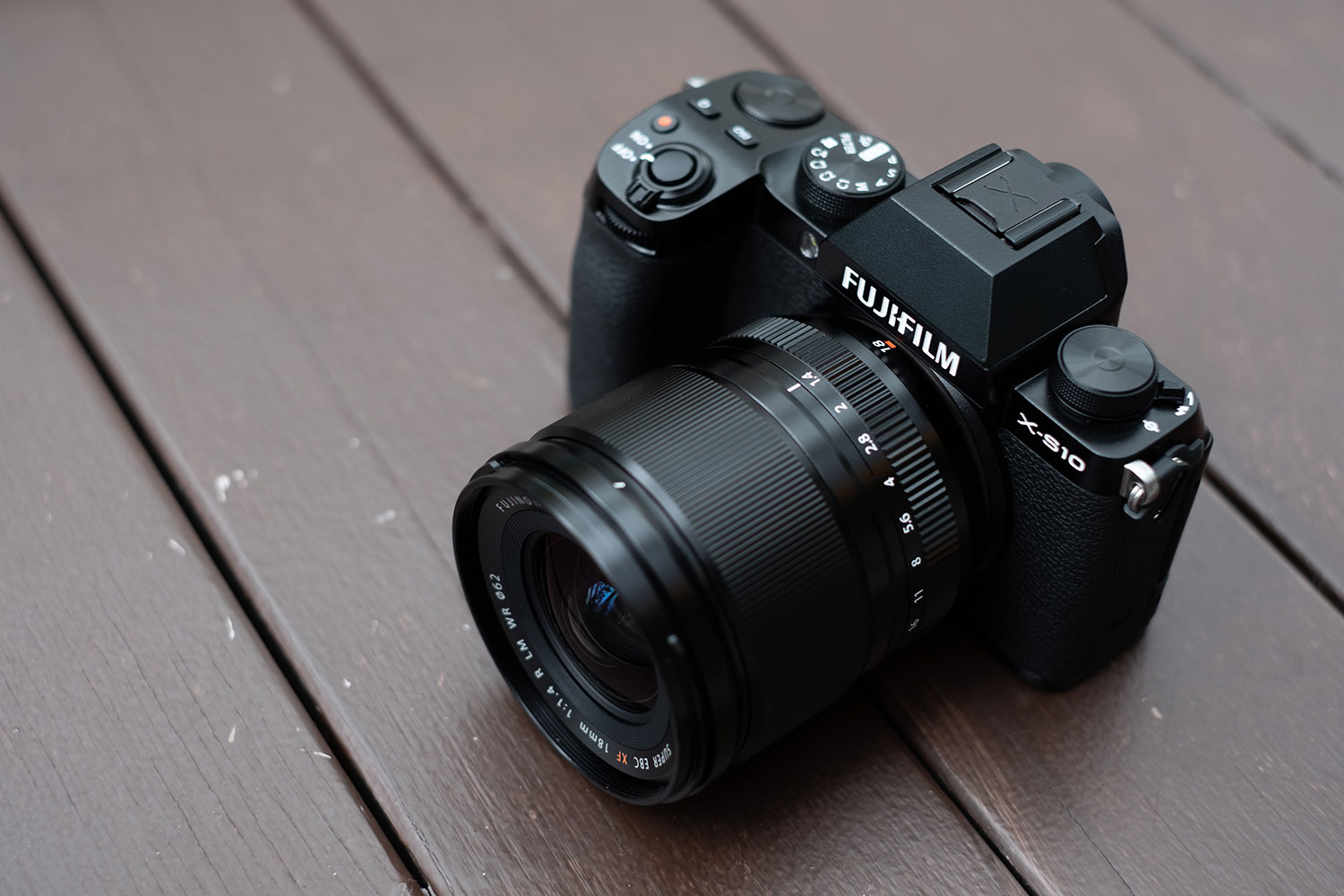










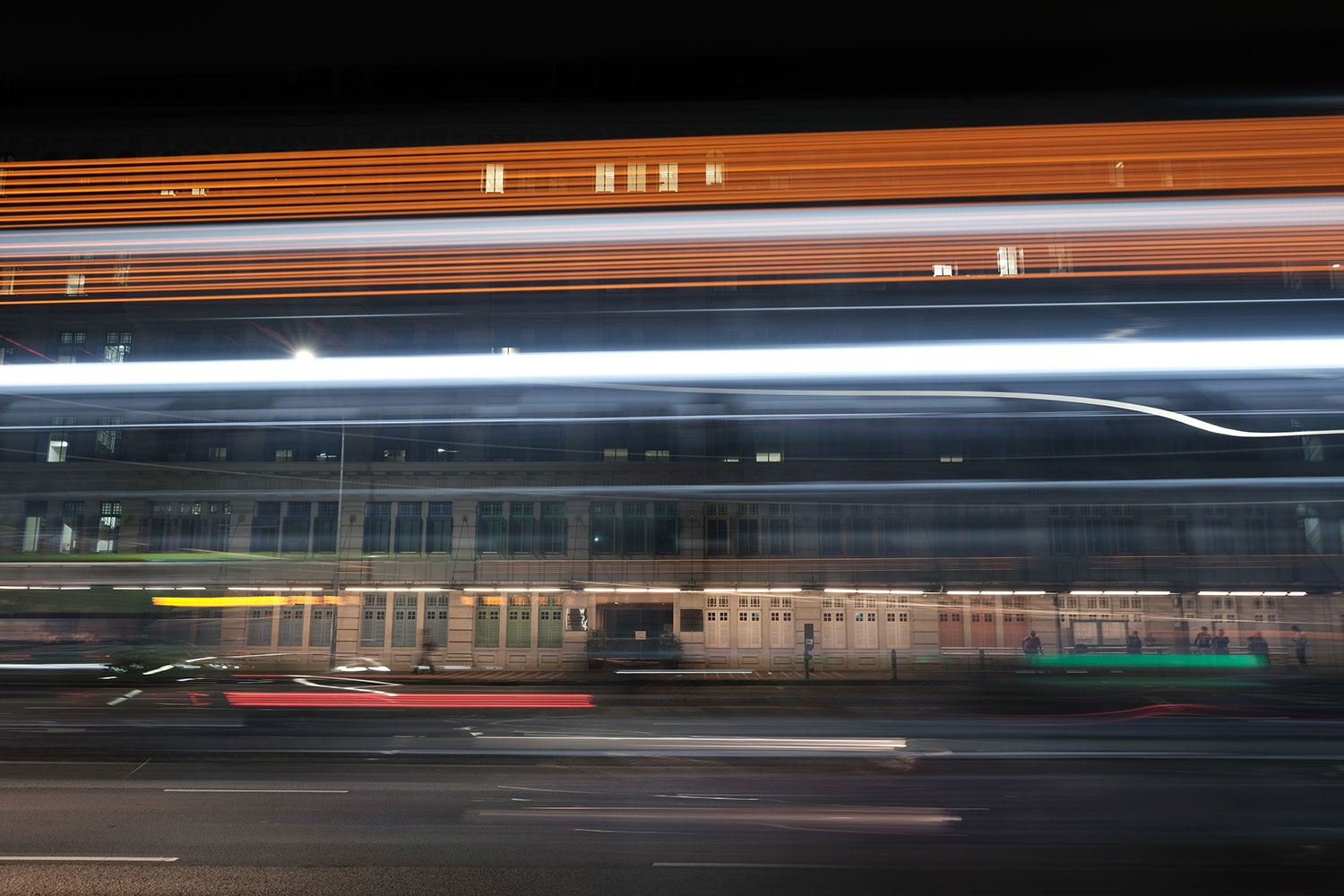















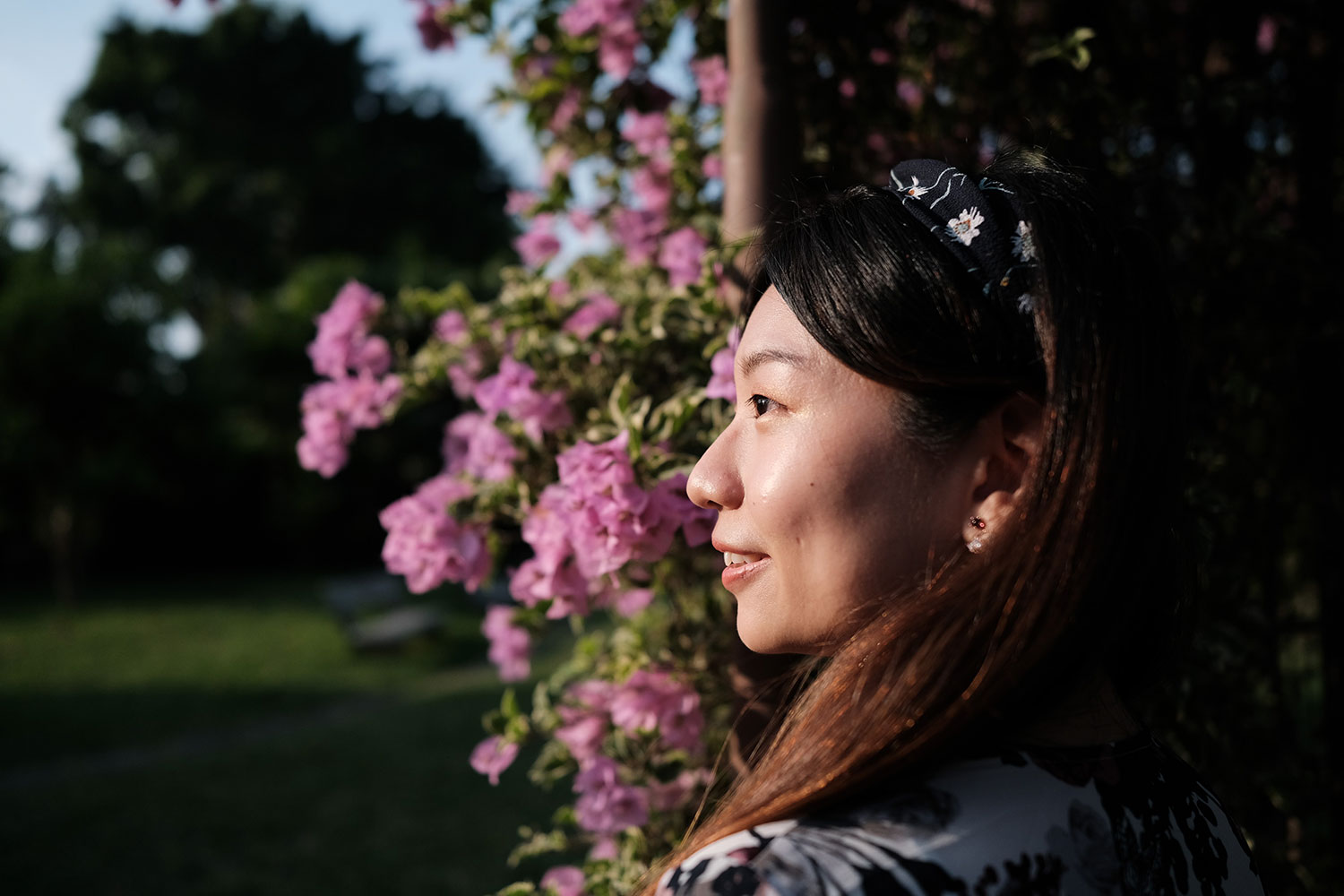









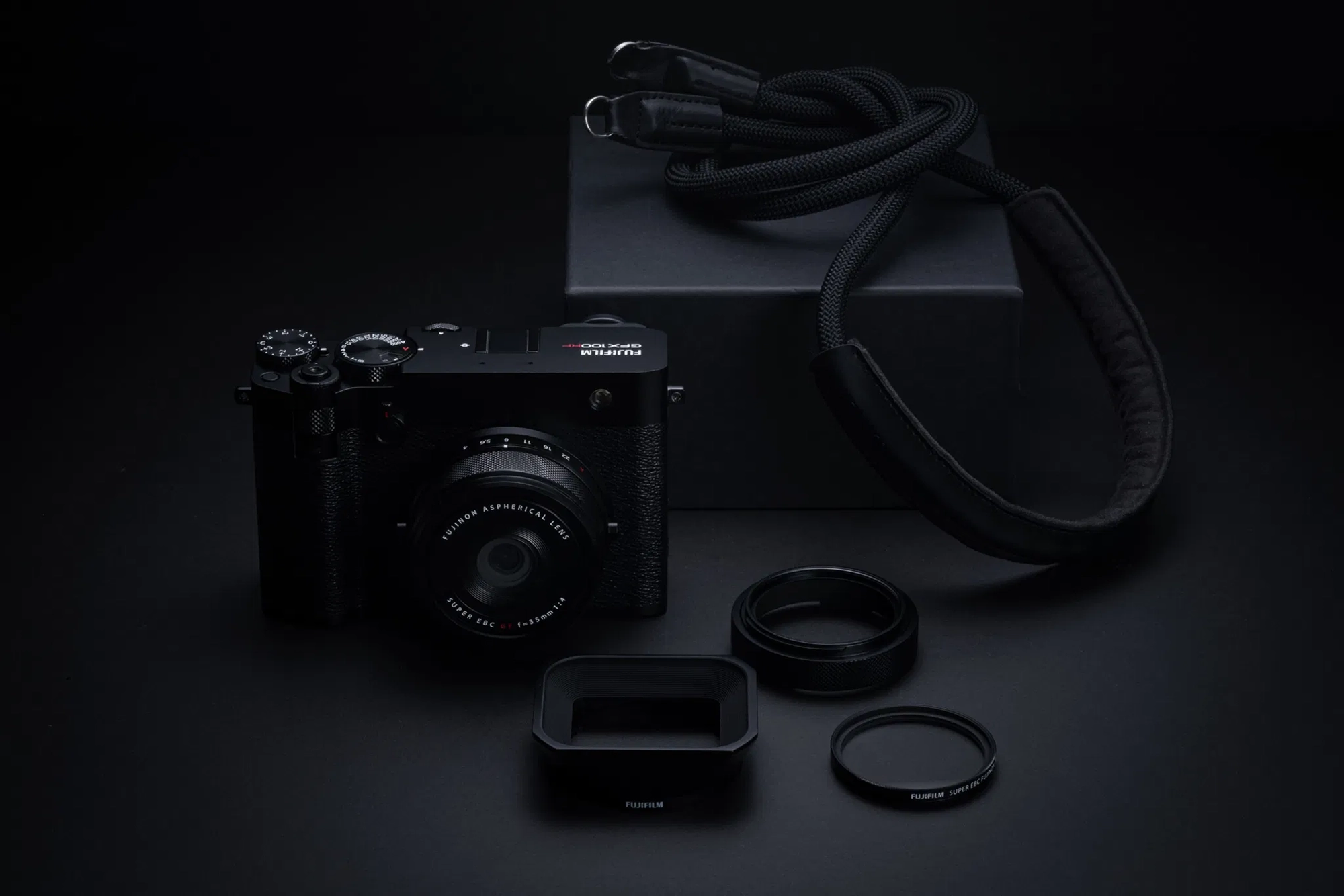
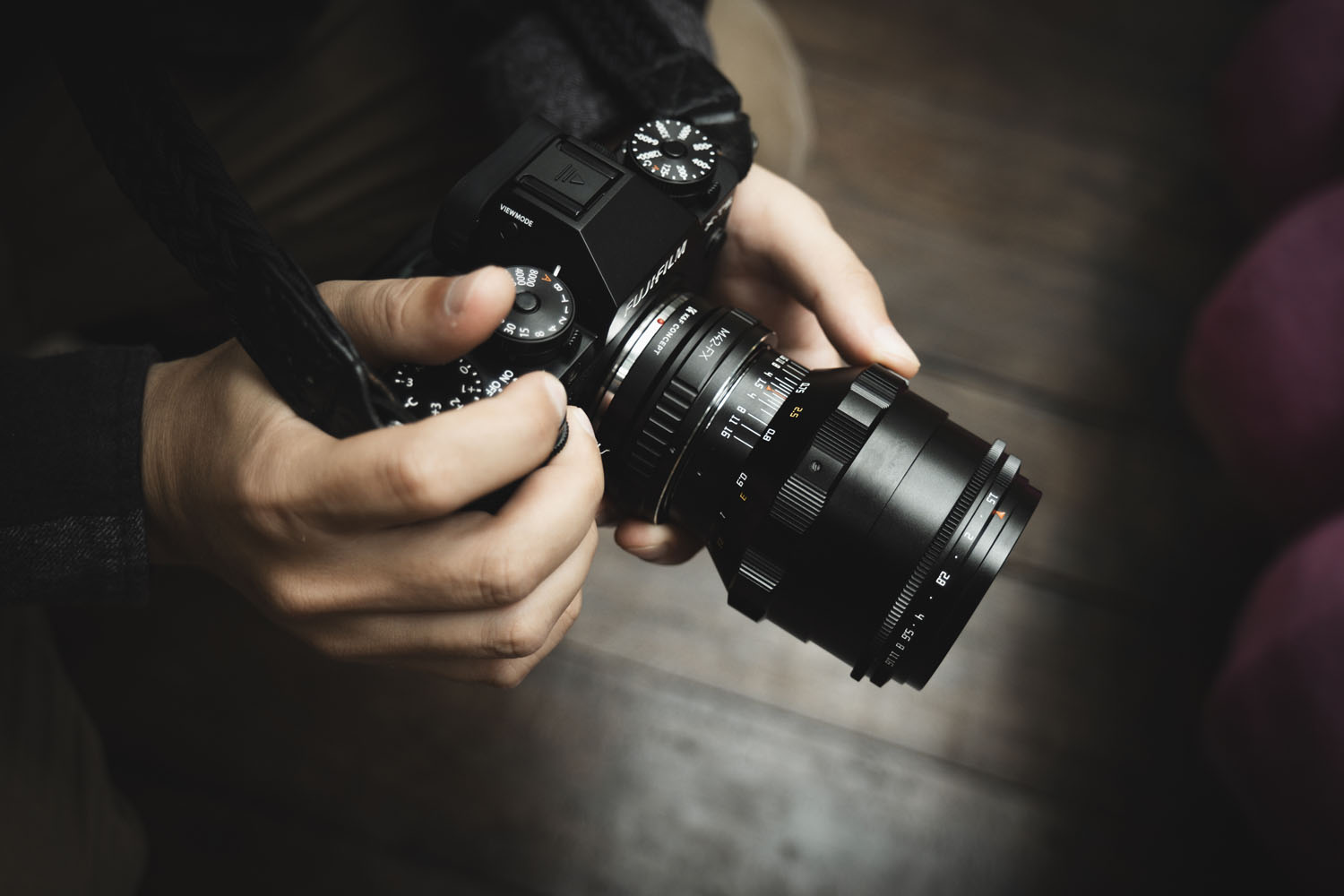

Sebi
April 15, 2021 @ 10:44 am
Very useful review of a great lens. Beautiful images!
Alwin Kok
April 20, 2021 @ 7:22 am
Thank you very much! I am glad you like it!
Albert Smith
April 15, 2021 @ 6:02 pm
Very nice write up. I’m not a 28mm (full frame) shooter, but it looks like Fujifilm has made another classic must-have lens for those that do like this focal length. Luckily, I have the 16mm and 23mm f/1.4 lenses surrounding the hole of the missing 18mm.
FWIW… I worked in Singapore in the 1980s, and recognize several of the places that you shot to test the lens. But, wow, has your Island really changed since I was there! Singapore rocks.
Alwin Kok
April 20, 2021 @ 7:25 am
Hi Albert, first of all, I would like to thank you for your support for all these reviews I have made. Yes. Singapore landscape has changed a lot over the decades. If you ever visit Singapore again, do let me know.
Cheers!